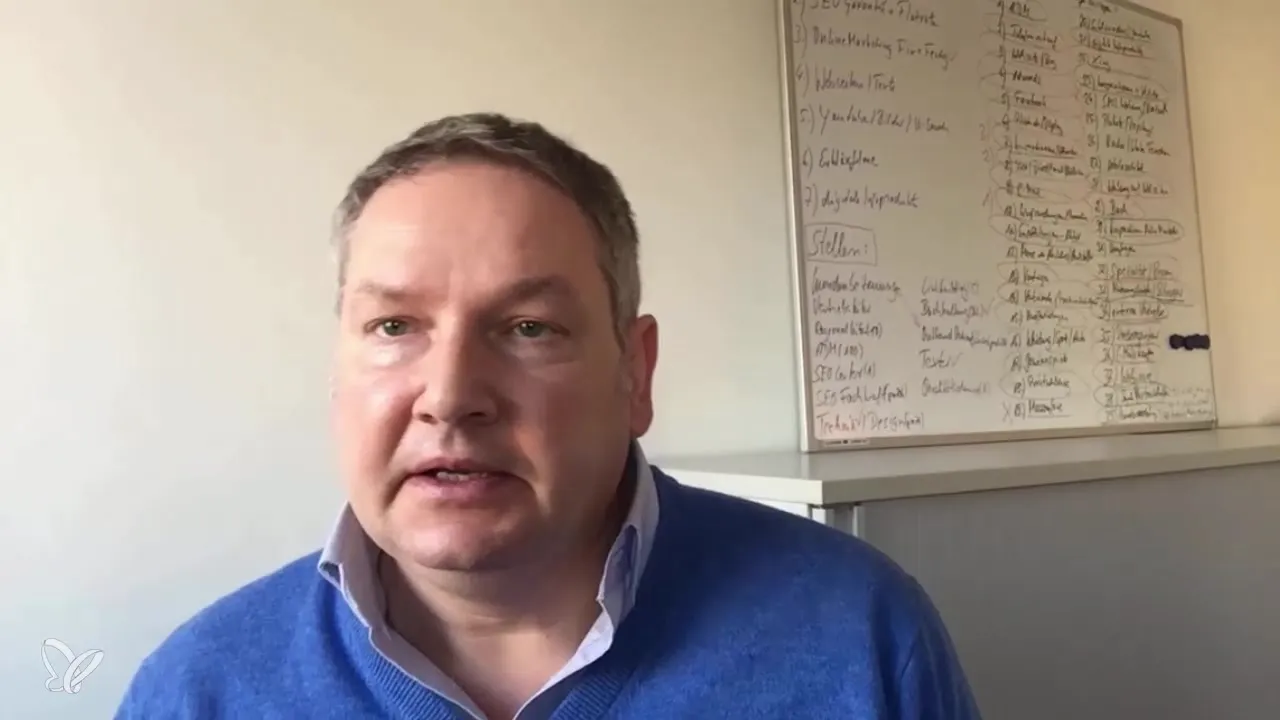Search engine optimization (SEO) is not rocket science; it is an art that you can learn. In this course, you will learn the basics of Onpage and Offpage optimization to bring your website to the top of the search engine rankings. You will learn how important it is to know and apply the rules of SEO. Let's get started!
Key Insights
- Onpage optimization is the foundation for your website.
- Offpage optimization refers to external influences like backlinks.
- Success in SEO requires patience and continuous effort.
Step-by-Step Guide
1. Understand the importance of Onpage optimization
Onpage optimization is the first and fundamental step in your SEO strategy. It involves optimizing all elements of your website that you can control, both visible and invisible. This includes, for example, titles, meta descriptions, and the content of your page. If your website is not cleanly optimized, Offpage optimization will not bring the desired success.

2. Analyze the current state of your website
Before you begin with optimizations, you should analyze the current state of your website. Tools such as Google Analytics or Google Search Console can help you identify weaknesses and optimization potentials. Pay particular attention to load speed, mobile adjustments, and user experience.
3. Implement SEO-friendly content
Creating high-quality, relevant, and unique content is crucial. Your content should appeal to both users and search engines. Use relevant keywords to make it easier for Google to understand and index your website.
4. Optimize the structure of your website
A clear and logical structure of your website not only improves user experience but also enhances crawlability by search engines. Ensure that your pages are hierarchically organized and use meaningful URLs.
5. Adjust Onpage elements
Make sure that all Onpage elements are optimized:
- Title tags should be concise and informative.
- Use meaningful meta descriptions.
- Optimize header tags (H1, H2, H3) for better structuring of your content.
6. Internal linking
Use internal links to guide users through your website and help search engines understand the context of your content. This can help increase user dwell time on your page.
7. Start Offpage optimization
After you have completed Onpage optimization, it’s time to turn to Offpage optimization. This mainly involves generating backlinks. Backlinks from high-quality, relevant sites are crucial for your website's ranking.
8. Generate relevant backlinks
Acquiring backlinks can be challenging, but there are effective strategies to achieve this. One way is to create guest posts on relevant blogs. Additionally, you can reach out to network partners and ask for links.
9. Be patient and check regularly
SEO is a long-term process that requires patience. After implementing your optimization measures, you should regularly check how your rankings are developing. Use analytical tools to assess whether your efforts are paying off.
Summary
In this guide, you have learned the essential steps for successfully implementing search engine optimization. With clean Onpage optimization, you lay the foundation for your SEO strategy. Remember: patience is key to success. Apply these steps consistently to achieve long-term results.
Frequently Asked Questions
What is the difference between Onpage and Offpage optimization?Onpage optimization refers to all adjustments made on your own website, while Offpage optimization refers to external factors like backlinks.
How long does it take for SEO measures to show results?SEO is a long-term process; results often appear after several weeks or months.
Can I do SEO myself?Yes, with the right resources and a clear plan, you can successfully implement SEO on your own.
Do I need special tools for SEO?There are many useful tools such as Google Analytics, SEMrush, or Ahrefs that can help support your SEO efforts.
How often should I optimize my website?Regular reviews and adjustments are important to keep up with changes in the market and search engines. Plan to analyze your website at least once a month.
